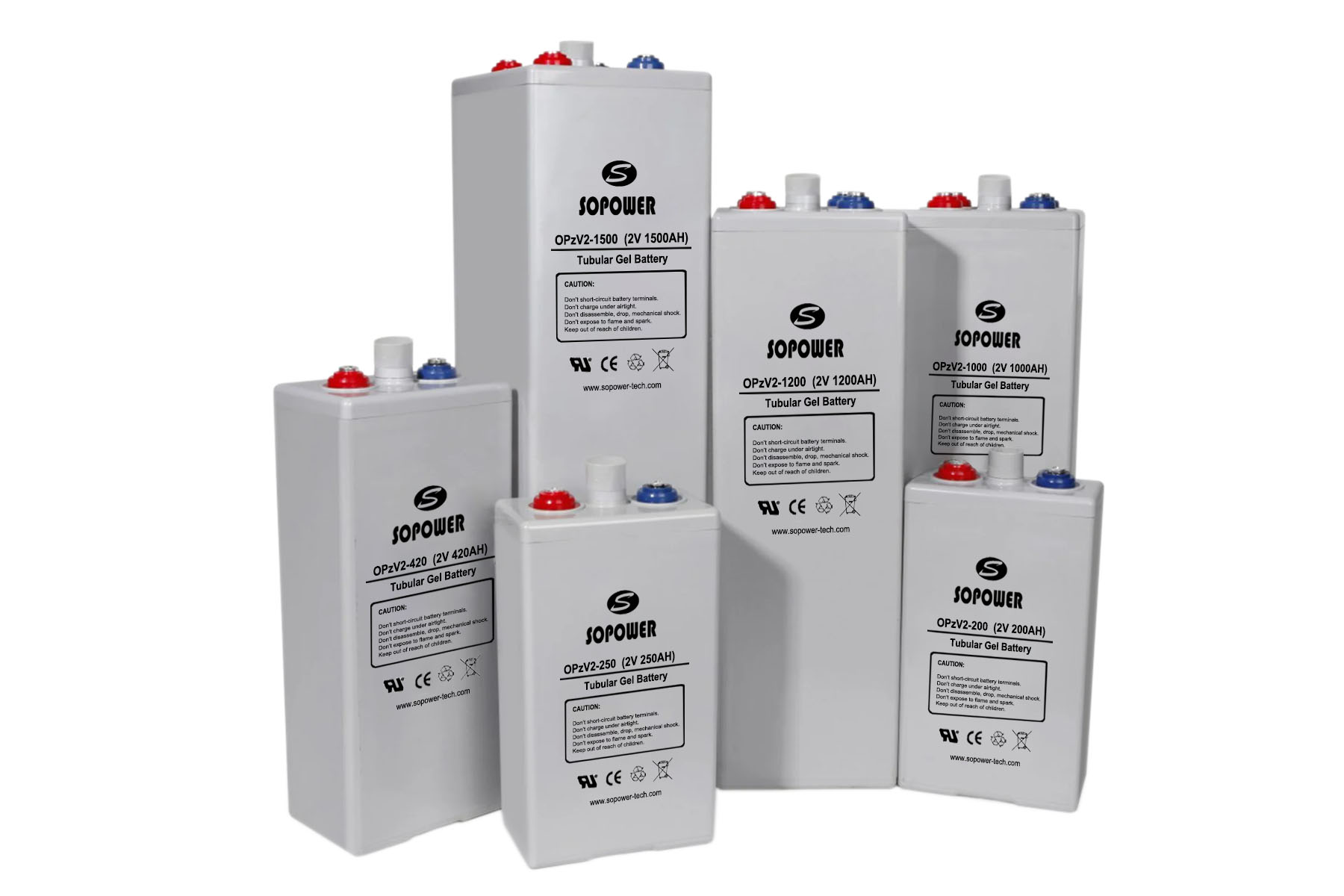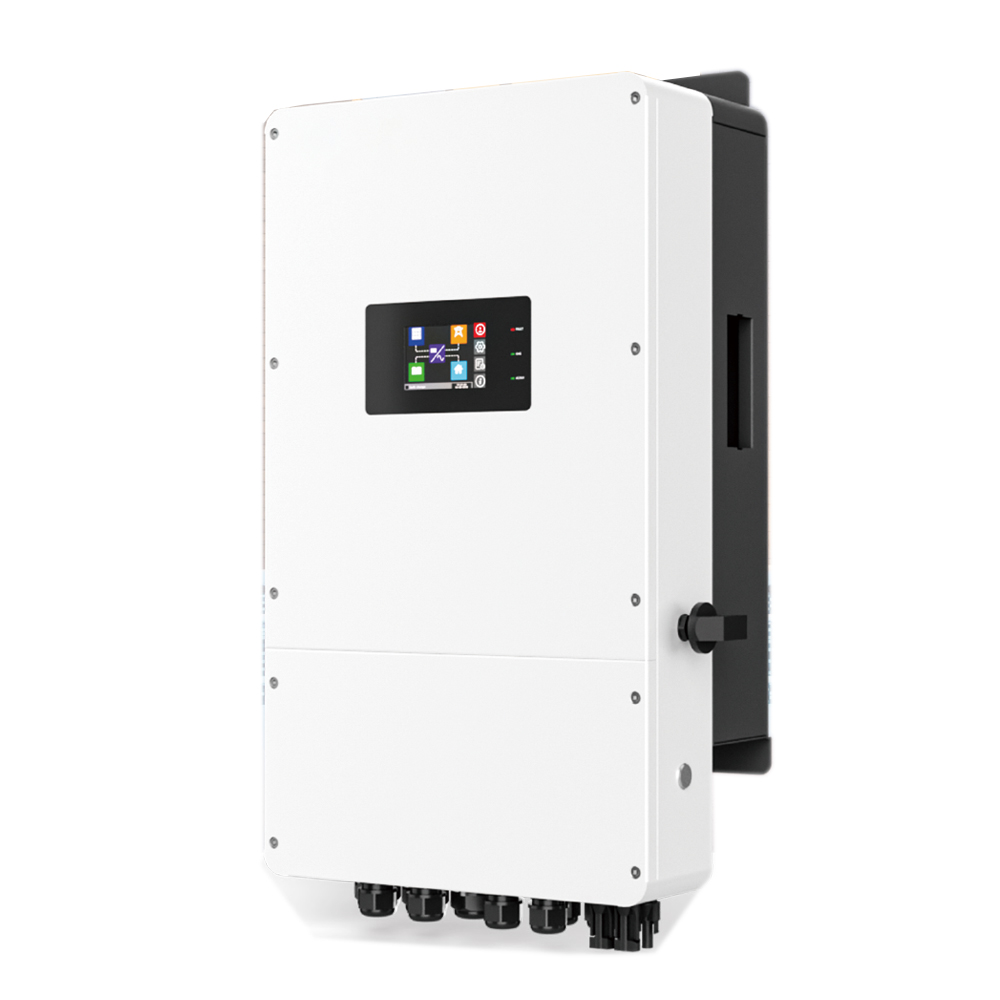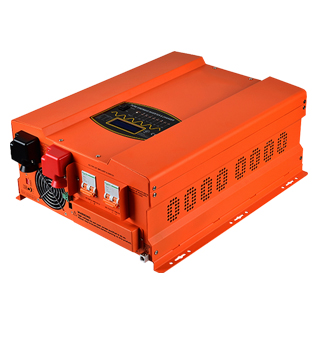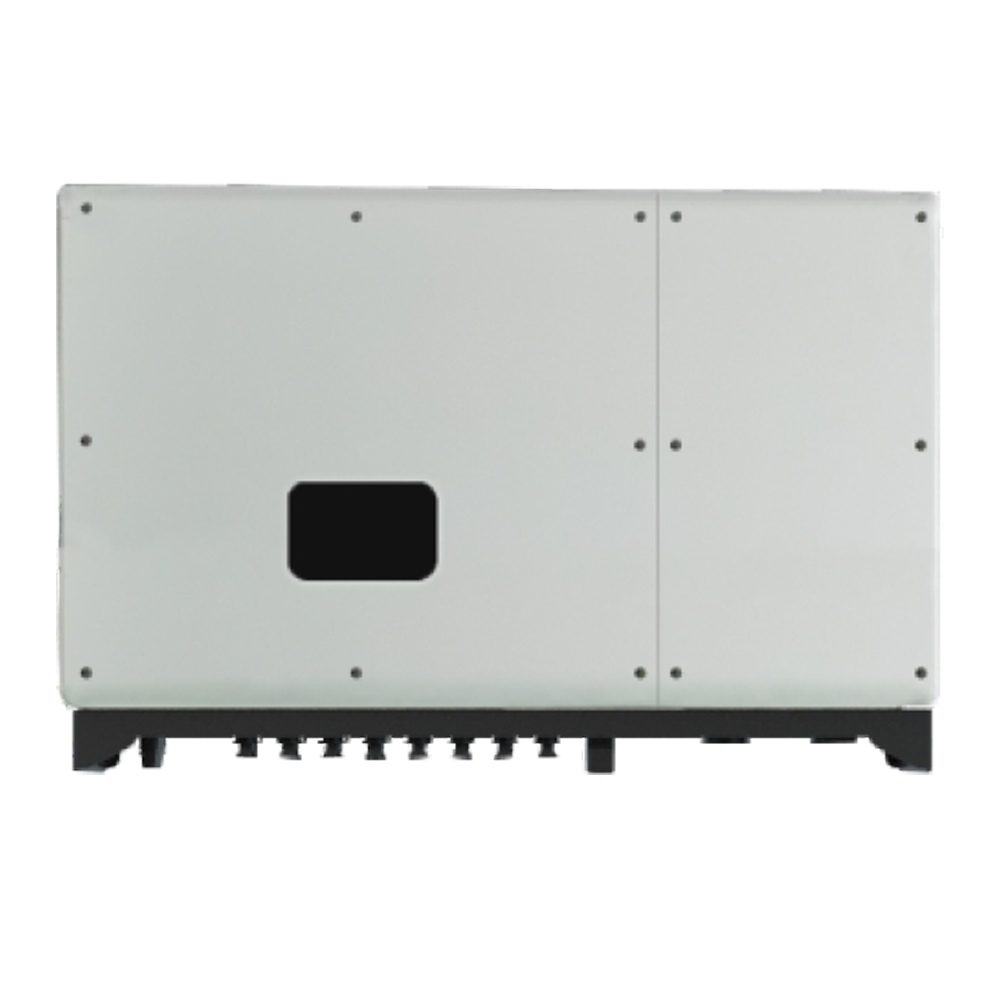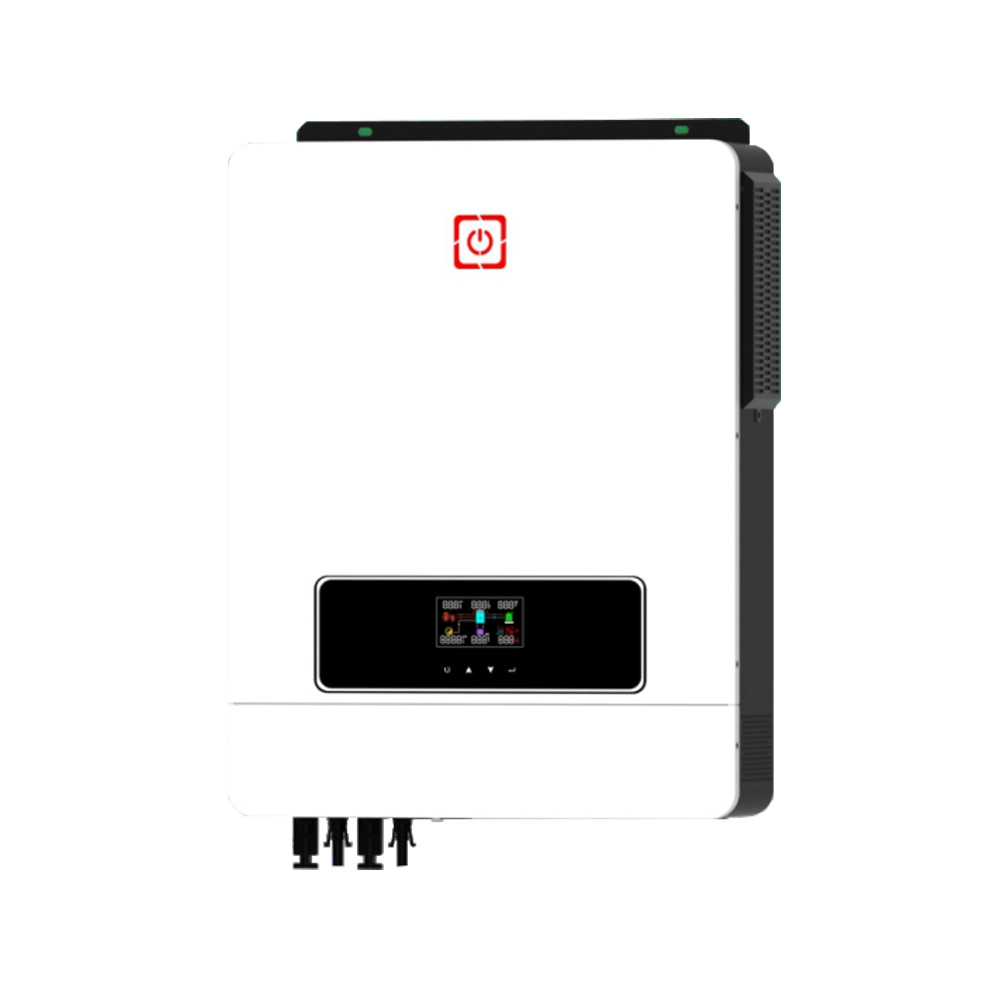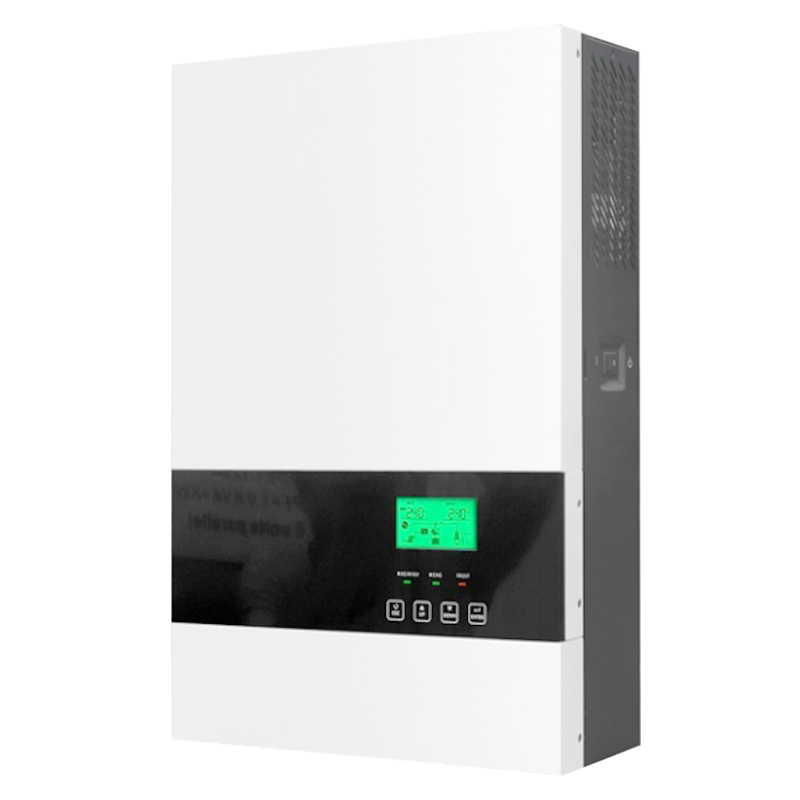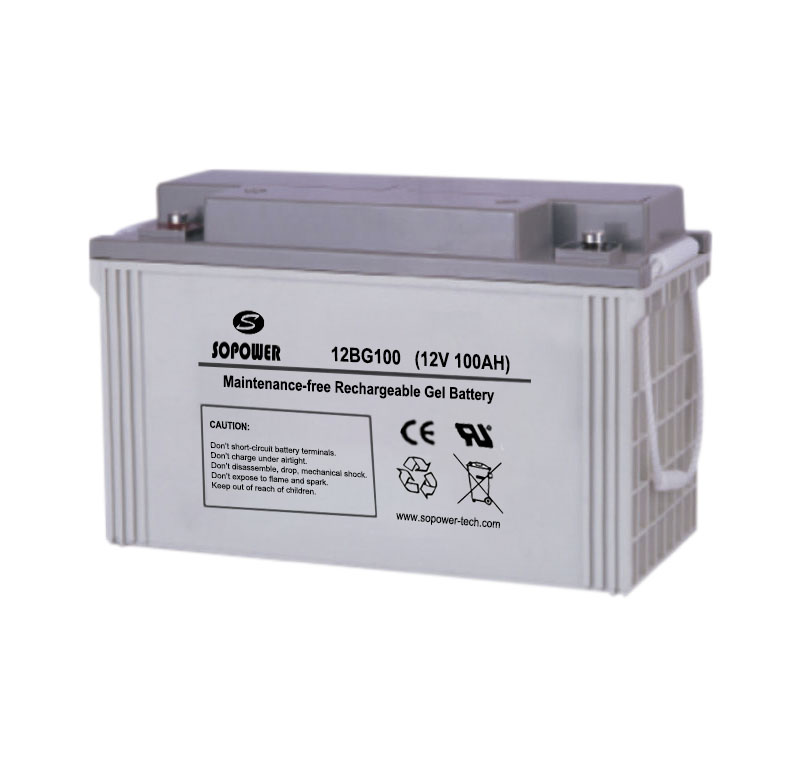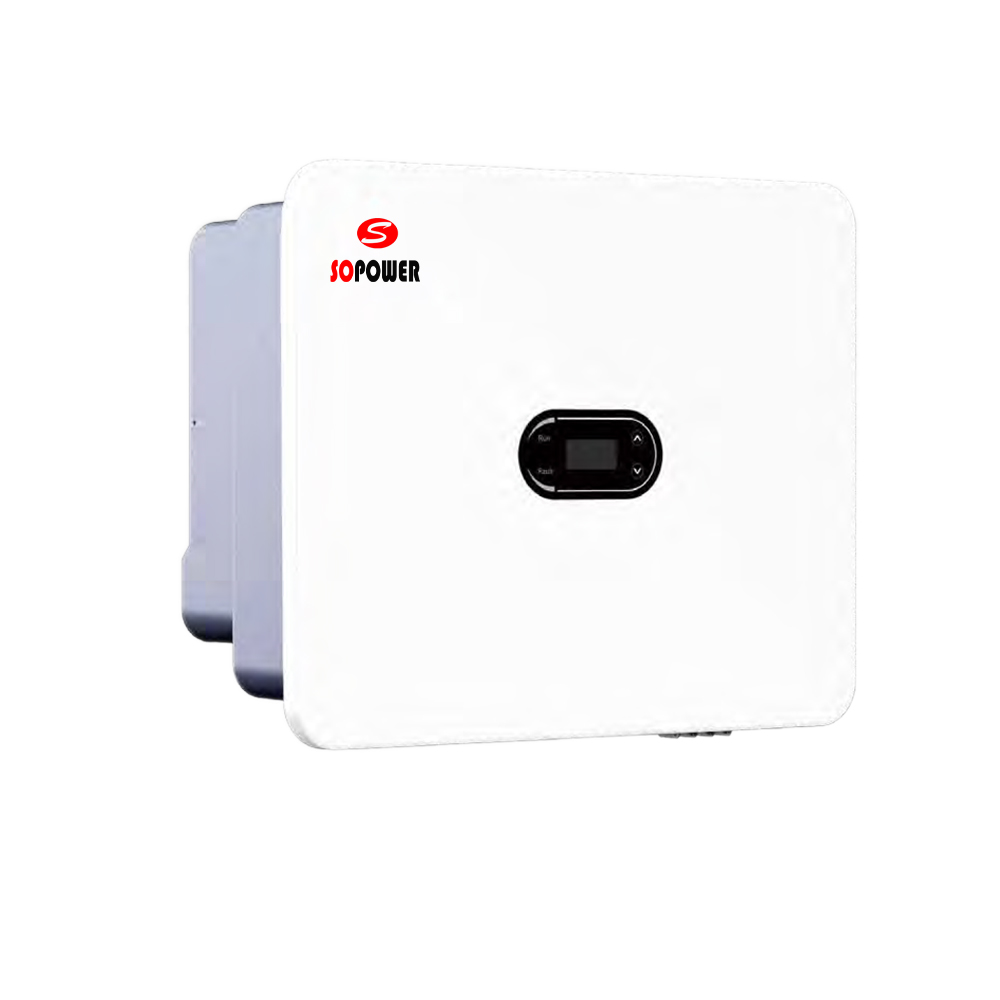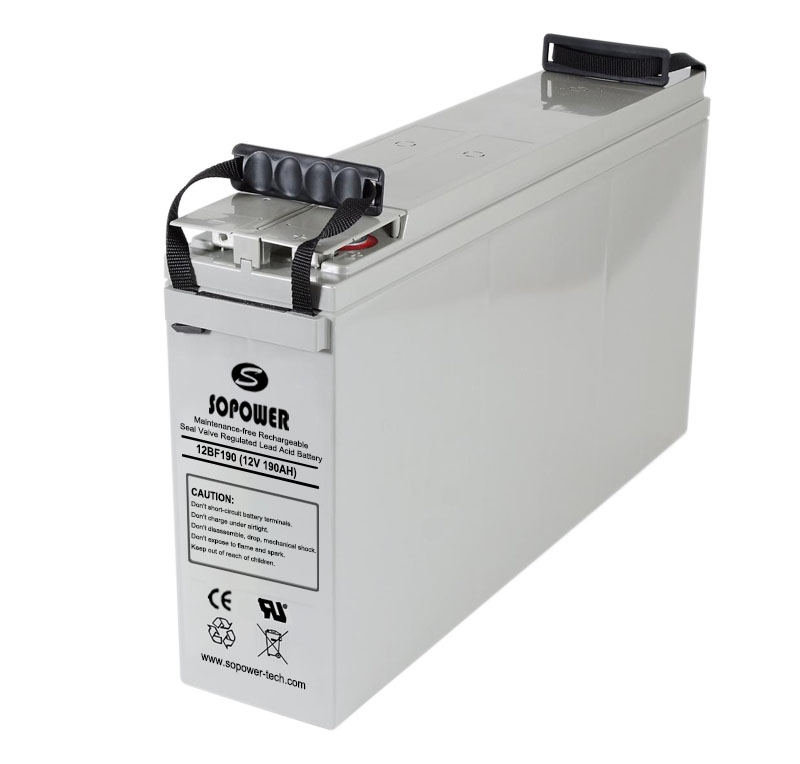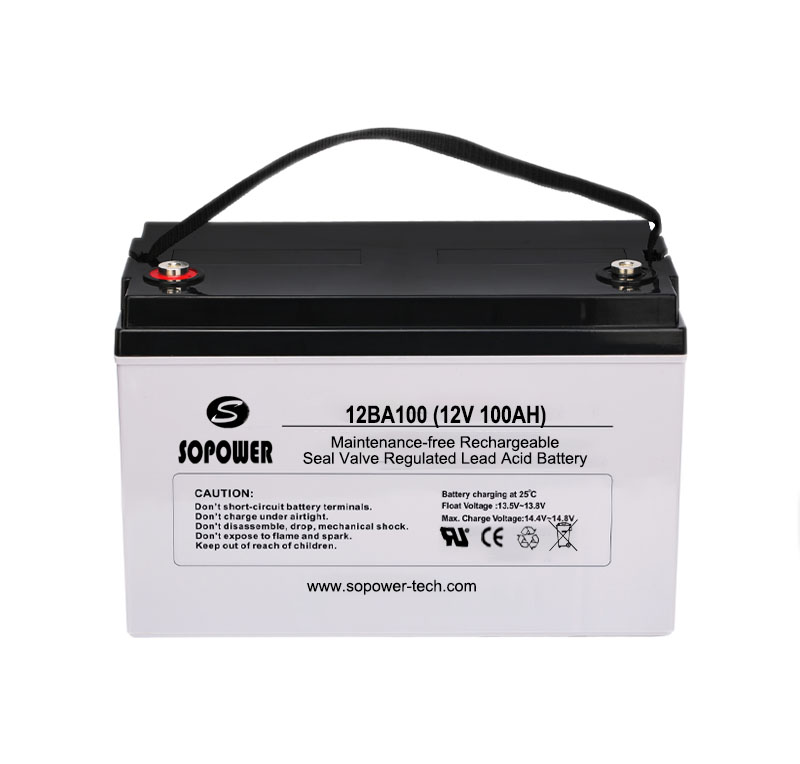Source: PV-Tech Date: October 12th, 2018
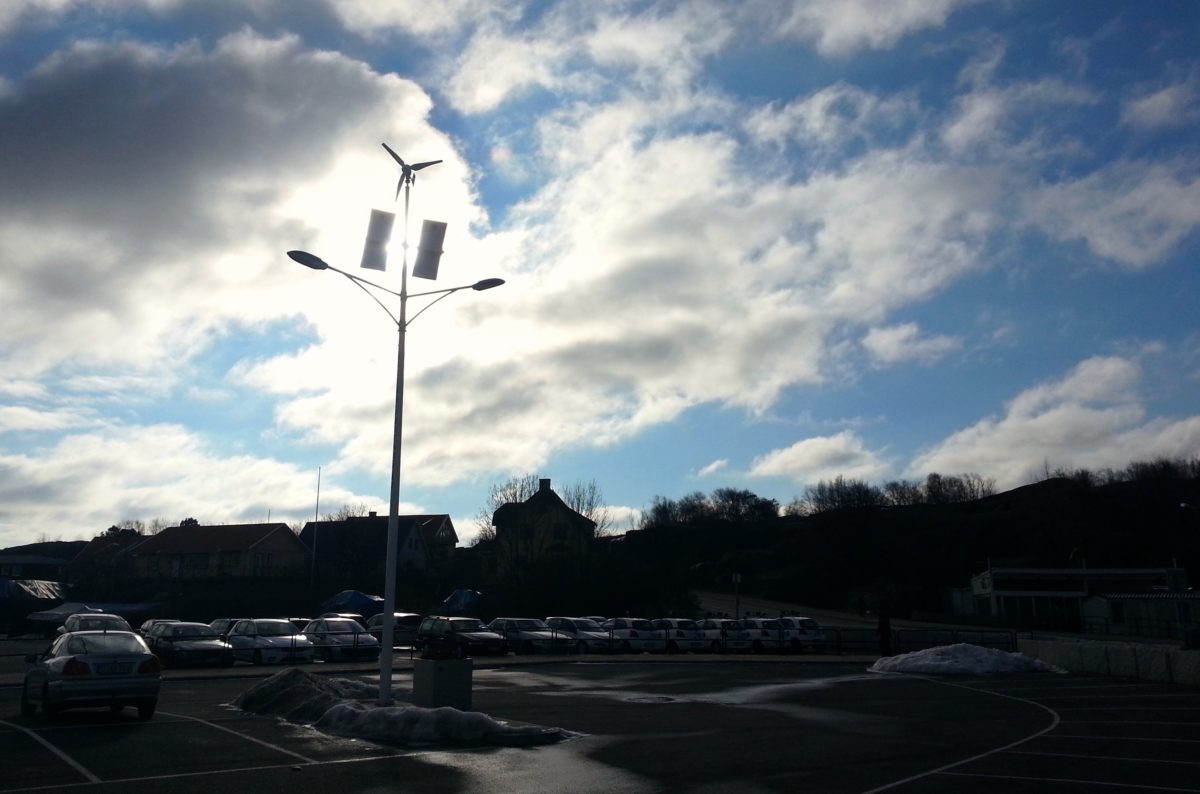
Although provisional statistics indicated the country had 230 MW of PV capacity at the end of last year, a new report reveals solar growth in 2017 was larger than expected – at 117.6 MW – and that cumulative installed capacity surpassed 300 MW.
Sweden deployed new PV capacity of 117.6 MW (DC) in 2017, according to the National Survey Report of PV Power Applications in Sweden 2017, published by the International Energy Agency’s Photovoltaic Power Systems Programme (IEA PVPS). Most of the growth came from the residential and commercial and industrial segments, which accounted for 40.8 MW and 67.4 MW, respectively.
The figure is 50% more than the country installed in 2016, when new PV capacity came in at 78.6 MW, and also beat the expectations of Swedish energy agency Energimyndigheten, which in March said new capacity for 2017 would top out at 91 MW. The IEA PVPS figures also revised up PV growth for 2016.
However, “the accuracy of the data for annual installed power from the sales statistics are estimated by the authors to be within [plus or minus] 15 %, and it is more likely that the installation capacities have been overestimated than underestimated”, the authors of the report warned.
Sweden has reached a cumulative grid-connected PV capacity of 307.4 MW as of the end of last year. Including off-grid installations, total capacity topped 322.4 MW.
PV-linked battery capacity doubled
“The strong overall growth in recent years started with the introduction of the direct capital subsidy system in 2006,” states the report. “And has then been fueled by the declining system prices, high popularity among the public, a growing interest from utilities and an ongoing reformation work from the government to simplify the rules for micro-producers.”
A large majority of the PV capacity is being installed in southern Sweden, mainly in densely populated municipalities.
The report reveals the total battery capacity coupled with PV increased from 1,542 kWh at the end of 2016 to 2,416 kWh 12 months later. This, the authors of the study say, was an expected outcome, as the government introduced a direct capital subsidy for batteries that started in 2017.
Despite its strongest year, solar covered only 0.2% of Sweden’s electricity demand at the end of last year with the country’s power landscape still dominated by hydro and nuclear power, which have shares of 40.1% and 39.5%, respectively. Wind was Sweden’s third largest power source, with a 10.9% share.
Prices continue to fall
The average price for standard modules in 2017 was SEK5.5 ($0.61) per Watt, down from SEK6.5/W in 2016 and SEK7.6/W in 2015. At the beginning of the decade, the average price for a standard module was SEK27/W. The largest price decline was registered between 2008 and 2013.
“One of the reasons for the stabilization of module prices in Sweden is the import duties on Chinese PV modules and cells that was introduced in 2013 by the European Commission,” the IEA PVPS experts write. The elimination of those duties in September may lead to an increasing share of modules from China in Sweden in the coming years, the report adds.
As for the price of turnkey PV systems, those of ground-mounted small solar parks at the end of 2017 were SEK9.3/W, while that of a rooftop commercial PV system not exceeding 100 kW in size was SEK10.7/W. The report adds the average price of a residential PV system of up to 5 kW in size was SEK14.8/W, and that an off-grid installation of up to 1 kW cost SEK20.0/W.
The report stresses several measures were introduced last year to support the solar market, such as an increase in budget and levels for solar rebates, prolongation of the green electricity certificate system, adaptation of the Swedish guarantees of origin system to EU standards, and the cancellation of an energy tax on self-consumed electricity for owners of commercial PV systems up to 255 kW in size.
The outlook is sunny
As for the green electricity certificate system, the report reveals that at the end of last year, PV systems totaling 133.5 MW – around 41% of total installed capacity – were accepted to operate in the market, although only 24% of total power production from PV received certificates in 2017. The reasons for the difficult growth of solar in the system, according to IEA PVPS experts, are the fact homeowners and businesses do not consider the income certificates provide to be worth the extra administrative burden, and that the high cost of installing a meter to register the electricity produced by a PV system is often placed at the interface between the building and the grid. Another issue was the difficulty for individuals to find buyers for small numbers of certificates.
The authors of the report predict the Swedish solar market will grow in the short and long-term.
“The introduction of the tax credit for micro-producers in 2015, the extension and budget increase in the direct capital subsidy, the ongoing reforms and investigation to reduce the administrative burdens for PV investors, the launch of an information platform by the Swedish Energy Agency, and the increase [in] activity from utilities have made the situation for private persons and small companies to invest in PV quite good,” the report’s authors add. Sweden is now also seeing its first MW-sized solar parks.
The Scandinavian nation wants to cover 100% of its power needs from renewables by 2040 while also becoming an electricity exporter.

